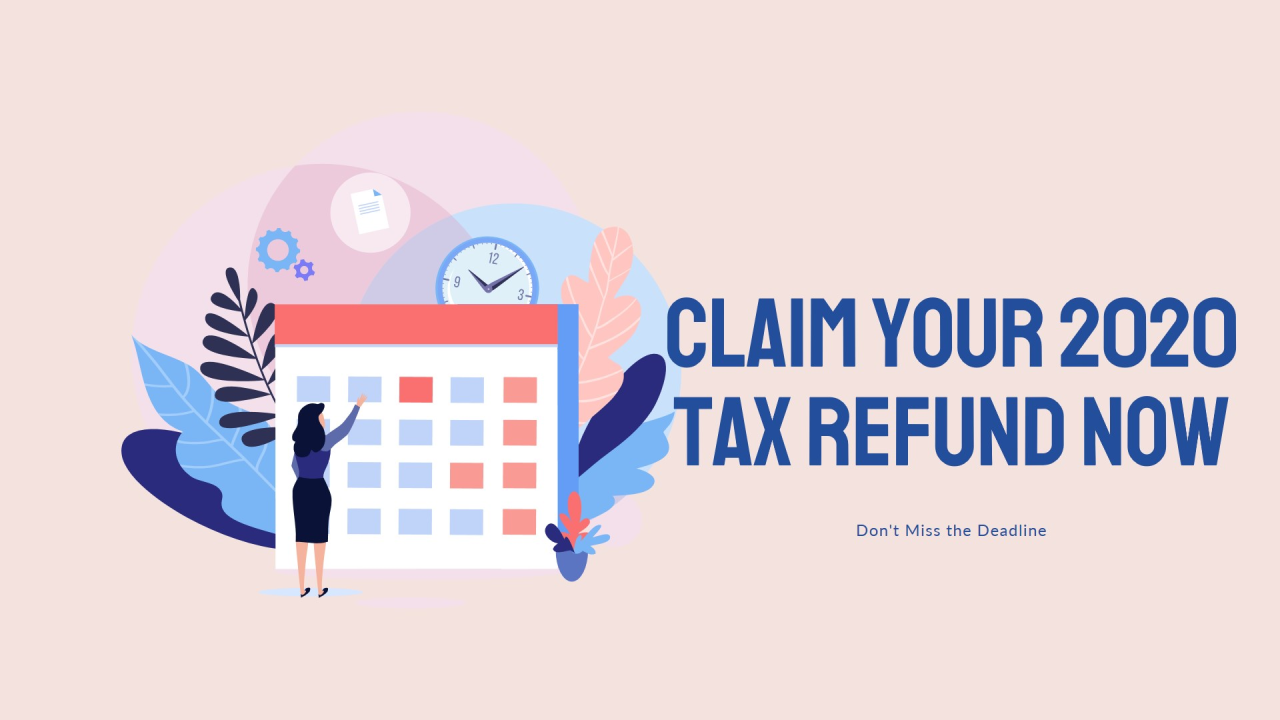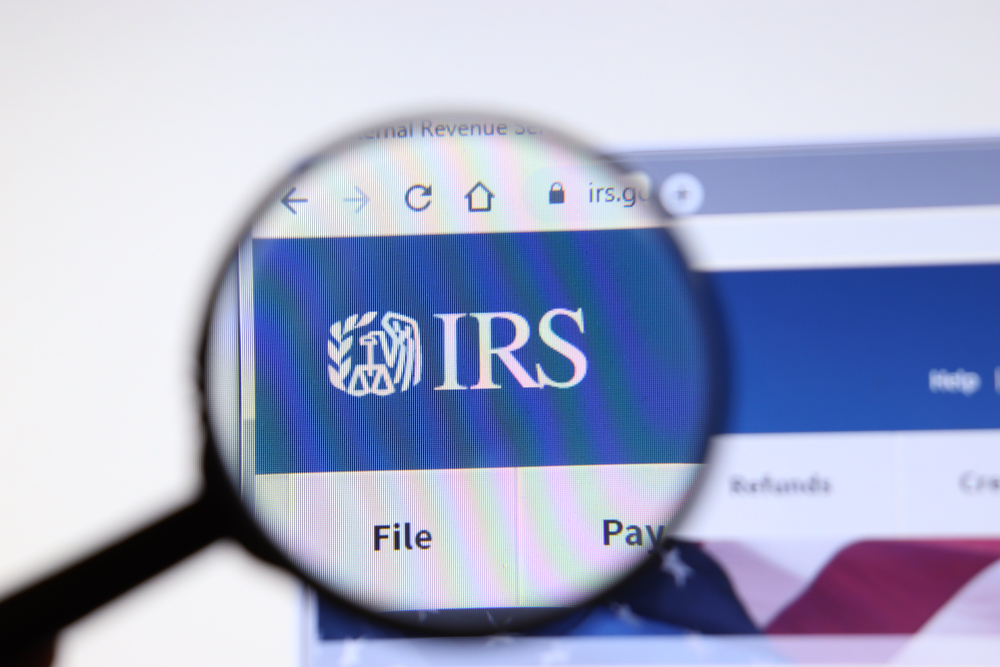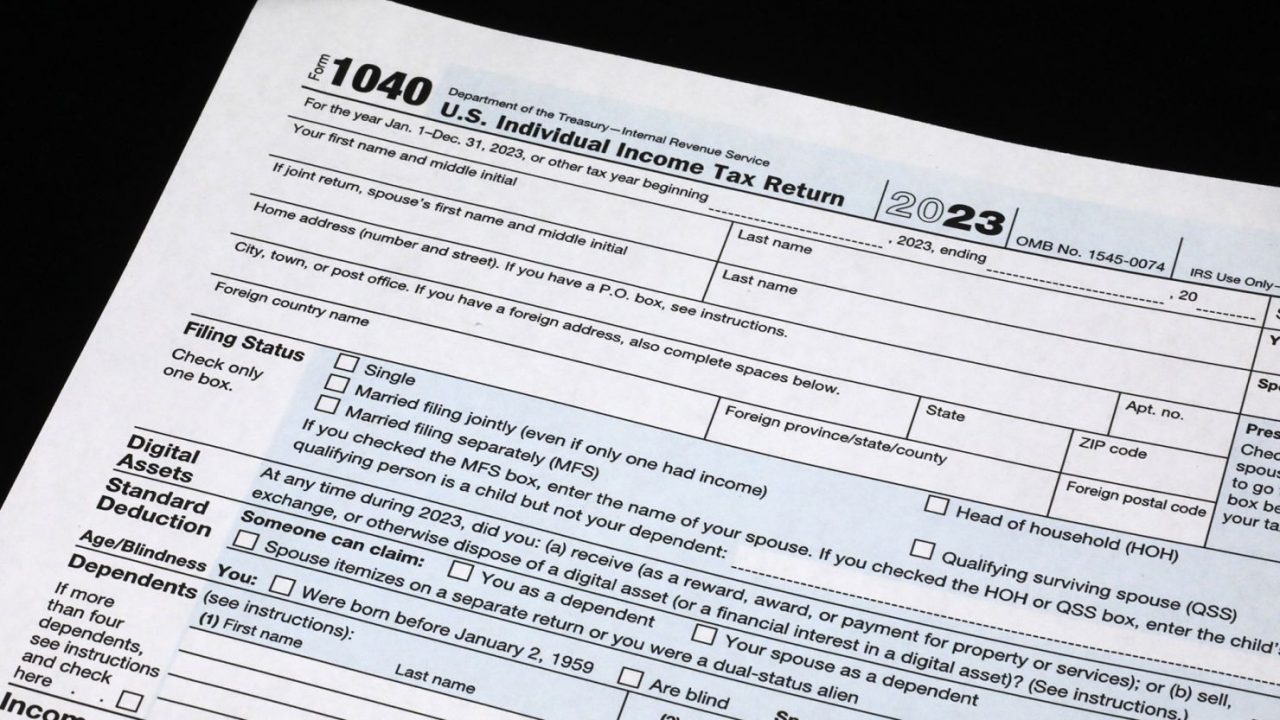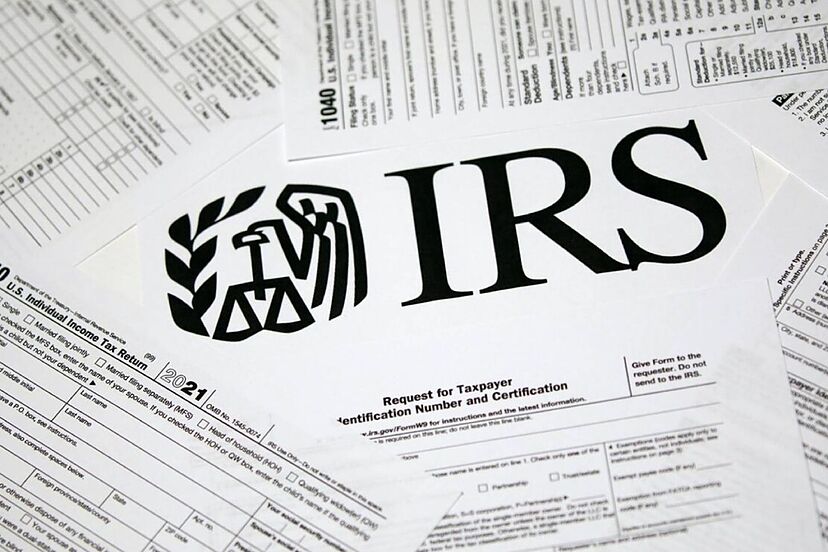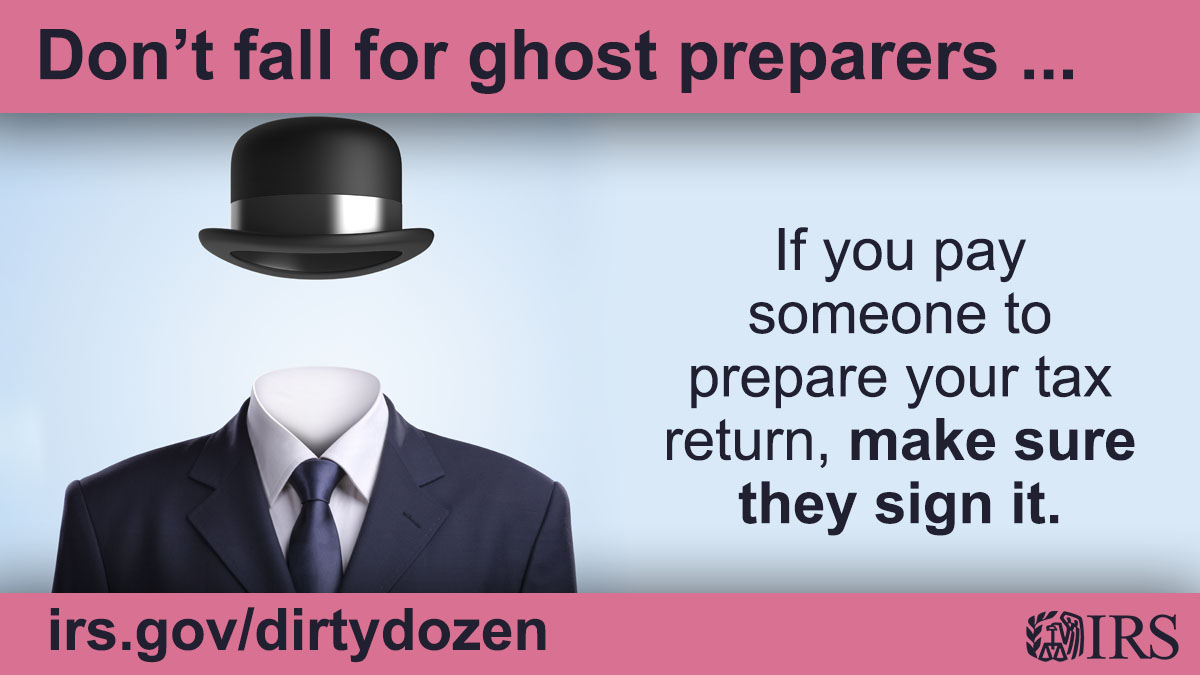The Internal Revenue Service today reminded the 1 million people who didn’t file their tax year 2020 returns they may be eligible for a refund if they file by the May 17 deadline.
The IRS estimates more than $1 billion in refunds remain unclaimed because people haven’t filed their 2020 tax returns yet. The state-by-state table below shows how many people are potentially eligible for these refunds, and the average median refund in each state.
There’s no penalty for failure to file if a refund is due. However, a return claiming a refund must be filed within three years of its due date for a refund to be allowed. After the expiration of the three-year period, the refund statute generally prevents the issuance of a refund check and the application of any credits, including overpayments of estimated taxes or withholding amounts, to other tax years that are underpaid.
For 2020 tax returns, people have a little more time than usual to file their claim for refunds. Typically, the filing deadline to claim old refunds falls around the tax deadline of April 15. However, the 2020 filing deadline was pushed to May 17, due to COVID-19, making the three-year window deadline for 2020 unfiled returns May 17, 2024. The IRS issued Notice 2023-21 on Feb. 27, 2023, providing legal guidance on claims required by the postponed deadline.
Many people who didn’t file may be eligible for more
By missing out on filing a tax return, people stand to lose more than just their refund of taxes withheld or paid during 2020. The estimate does not include credits that non-filers may be eligible to receive. Credits include the Earned Income Tax Credit (EITC), the Recovery Rebate Credit or other credits that may be applicable.
Many low- and moderate-income workers may be eligible for the Earned Income Tax Credit (EITC). For 2020, the EITC was worth as much as $6,660 for taxpayers with qualifying children. The EITC helps individuals and families whose incomes are below certain thresholds.
The IRS has previously reminded those who may be entitled to the COVID-era Recovery Rebate Credit in 2020 that time is running out to file a tax return and claim their money. The Recovery Rebate Credit is a refundable credit for individuals who did not receive one or more Economic Impact Payments, also known as stimulus payments, distributed in 2020 and 2021.
Plan to file? IRS offers options to get key documents
Gathering all the necessary documents and forms to file a return for 2020 may take some time. People should start as soon as possible to make sure they have enough time to file before the May 17 deadline for 2020 refunds. Here are some options:
- Request copies of key documents. Taxpayers who are missing Forms W-2, 1098, 1099 or 5498 for the years 2020, 2021 or 2022 can request copies from their employer, bank or other payers.
- Use Get Transcript Online at IRS.gov. Taxpayers who have lost contact with their employer or other payers can order a free wage and income transcript at IRS.gov using the Get Transcript Online tool. For many taxpayers, this is by far the quickest and easiest option.
- Request a transcript. Another option is for people to file Form 4506-T, Request for Transcript of Tax Return, with the IRS to request a “wage and income transcript.” A wage and income transcript shows data from information returns received by the IRS, such as Forms W-2, 1099, 1098, Form 5498 and IRA contribution information. Taxpayers can use the information from the transcript to file their tax return. But plan ahead – these written requests can take several weeks; people are strongly urged to try the other options first.
- Current and prior years’ tax forms. Tax year 2020 Forms 1040 and 1040-SR and instructions are available on the IRS.gov Forms, instructions & publications page or by calling toll-free 800-TAX-FORM (800-829-3676).
Taxpayers who are unsure if they are required to file a return can visit Do I need to file a tax return? or refer to Publication 17, Your Federal Income Tax (For Individuals).
Free help is available
For individuals who have not filed a federal income a tax return for 2020, the IRS offers tools and resources on IRS.gov. Free support includes the Interactive Tax Assistant (ITA), information on What to do if you haven’t filed your return, and Frequently asked questions and answers (FAQs).
Qualified taxpayers can also access free tax preparation assistance through the Volunteer Income Tax Assistance and the Tax Counseling for the Elderly programs. Use the VITA Locator Tool or call 800-906-9887 to locate the nearest VITA site.
The IRS also reassures taxpayers there is no penalty for claiming a refund on a late-filed tax return. Direct deposit is recommended as the quickest and simplest way to receive a tax refund.
State-by-state estimates of individuals who may be due 2020 income tax refunds
The IRS estimated the number of individuals in each state and the median potential refund a filer may be entitled to receive. The actual refund amount will vary based on a household’s tax situation.
| State ordistrict | Estimatednumber of individuals | Medianpotential refund | Totalpotential refunds * |
|---|---|---|---|
| Alabama | 15,200 | $926 | $16,839,800 |
| Alaska | 3,700 | $931 | $4,335,300 |
| Arizona | 25,400 | $871 | $26,939,600 |
| Arkansas | 8,700 | $923 | $9,392,600 |
| California | 88,200 | $835 | $94,226,300 |
| Colorado | 18,500 | $894 | $20,109,900 |
| Connecticut | 9,800 | $978 | $11,343,600 |
| Delaware | 3,600 | $945 | $4,156,500 |
| District of Columbia | 2,900 | $968 | $3,503,800 |
| Florida | 53,200 | $891 | $58,210,500 |
| Georgia | 36,400 | $900 | $39,175,600 |
| Hawaii | 5,200 | $979 | $5,972,600 |
| Idaho | 4,500 | $761 | $4,369,600 |
| Illinois | 36,200 | $956 | $40,608,000 |
| Indiana | 19,200 | $922 | $20,893,000 |
| Iowa | 9,600 | $953 | $10,601,700 |
| Kansas | 8,700 | $900 | $9,285,600 |
| Kentucky | 10,600 | $920 | $11,236,300 |
| Louisiana | 15,100 | $957 | $17,357,300 |
| Maine | 3,800 | $923 | $4,030,200 |
| Maryland | 22,200 | $991 | $26,365,400 |
| Massachusetts | 21,800 | $975 | $25,071,800 |
| Michigan | 34,900 | $976 | $38,274,800 |
| Minnesota | 13,500 | $818 | $14,043,900 |
| Mississippi | 8,100 | $861 | $8,685,000 |
| Missouri | 19,500 | $893 | $20,803,400 |
| Montana | 3,400 | $851 | $3,632,100 |
| Nebraska | 4,700 | $901 | $5,007,300 |
| Nevada | 10,200 | $890 | $11,143,900 |
| New Hampshire | 4,200 | $982 | $4,923,100 |
| New Jersey | 24,400 | $920 | $27,408,300 |
| New Mexico | 6,500 | $868 | $7,032,700 |
| New York | 51,400 | $1,029 | $60,837,400 |
| North Carolina | 27,500 | $895 | $29,304,100 |
| North Dakota | 2,200 | $953 | $2,482,600 |
| Ohio | 31,400 | $909 | $32,939,900 |
| Oklahoma | 14,300 | $902 | $15,566,900 |
| Oregon | 15,300 | $847 | $15,857,800 |
| Pennsylvania | 38,600 | $1,031 | $43,412,900 |
| Rhode Island | 2,600 | $986 | $2,980,500 |
| South Carolina | 11,900 | $840 | $12,564,900 |
| South Dakota | 2,200 | $892 | $2,346,300 |
| Tennessee | 16,800 | $909 | $18,007,000 |
| Texas | 93,400 | $960 | $107,130,200 |
| Utah | 7,800 | $836 | $8,191,700 |
| Vermont | 1,700 | $911 | $1,818,600 |
| Virginia | 25,900 | $914 | $28,944,600 |
| Washington | 26,200 | $976 | $31,110,300 |
| West Virginia | 3,800 | $950 | $4,130,400 |
| Wisconsin | 11,800 | $837 | $12,139,400 |
| Wyoming | 2,100 | $961 | $2,416,300 |
| Totals | 938,800 | $932 | $1,037,161,300 |
Source: IRS-2024-133, May 6, 2024

